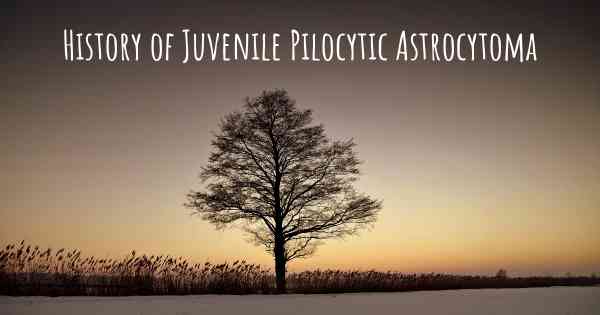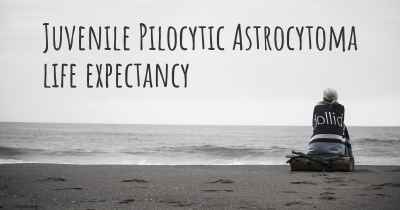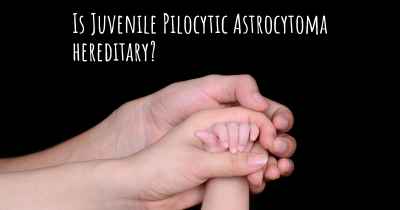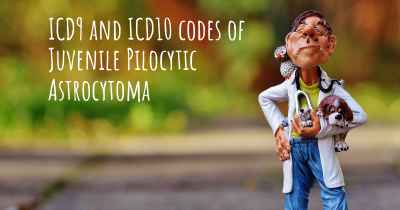What is the history of Juvenile Pilocytic Astrocytoma?
When was Juvenile Pilocytic Astrocytoma discovered? What is the story of this discovery? Was it coincidence or not?

History of Juvenile Pilocytic Astrocytoma
Juvenile Pilocytic Astrocytoma (JPA) is a type of brain tumor that primarily affects children and young adults. It was first described in medical literature in the early 20th century, and since then, significant progress has been made in understanding its characteristics, diagnosis, and treatment.
Early Discoveries:
The history of JPA dates back to 1926 when Harvey Cushing, a renowned neurosurgeon, first identified and described a group of brain tumors known as "gliomas." These tumors were characterized by their slow-growing nature and distinct histological features. Over time, it became evident that within the broader category of gliomas, there existed a specific subtype that predominantly affected children.
Recognition as a Distinct Entity:
In the 1930s, the term "juvenile pilocytic astrocytoma" was coined to differentiate this particular subtype of glioma from other brain tumors. The name "pilocytic" was derived from the hair-like projections seen under a microscope, resembling hair follicles (pilus means hair in Latin). Astrocytoma refers to the tumor's origin from astrocytes, a type of glial cell in the brain.
Advancements in Diagnosis:
Throughout the mid-20th century, advancements in medical imaging techniques, such as computed tomography (CT) and magnetic resonance imaging (MRI), revolutionized the diagnosis and understanding of JPA. These imaging modalities allowed for non-invasive visualization of the tumor, enabling physicians to accurately locate and assess its size and extent.
Understanding the Biology:
In the 1980s and 1990s, researchers began to unravel the genetic and molecular characteristics of JPA. They discovered that a specific genetic alteration, known as a KIAA1549-BRAF fusion, was present in the majority of JPA cases. This fusion gene results in the activation of the MAPK signaling pathway, which plays a crucial role in tumor growth and proliferation.
Treatment Approaches:
Over the years, treatment strategies for JPA have evolved significantly. Initially, surgical resection was the primary approach, aiming to remove as much of the tumor as possible without causing damage to surrounding brain tissue. However, due to the tumor's location and potential risks, complete removal was not always feasible.
With advancements in radiation therapy techniques, such as conformal radiation therapy and stereotactic radiosurgery, radiation became an effective treatment option for JPA. These techniques allowed for precise targeting of the tumor while minimizing radiation exposure to healthy brain tissue.
Prognosis and Long-Term Outcomes:
Fortunately, JPA is generally associated with a favorable prognosis. The slow-growing nature of the tumor, coupled with advancements in treatment, has significantly improved long-term outcomes for patients. The 5-year survival rate for JPA is estimated to be around 95%, with many individuals experiencing long-term disease control and a good quality of life.
Ongoing Research:
Despite the progress made in understanding and treating JPA, ongoing research continues to explore new avenues for improved therapies. Scientists are investigating targeted therapies that specifically inhibit the MAPK signaling pathway, aiming to disrupt the tumor's growth and potentially reduce the need for radiation or surgery.
Conclusion:
Juvenile Pilocytic Astrocytoma has come a long way since its initial discovery. From its recognition as a distinct entity to advancements in diagnosis, understanding its biology, and refining treatment approaches, significant strides have been made. With ongoing research and advancements in medical science, the future holds promise for even better outcomes and improved quality of life for individuals affected by JPA.








